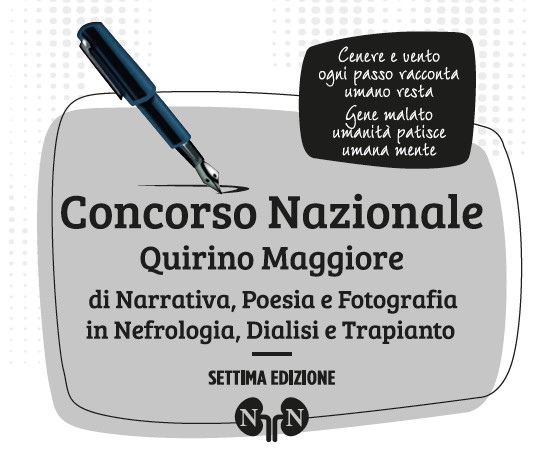Methodological elements for a reflection on the data of the sars-cov-2 epidemic
DOI:
https://doi.org/10.33393/gcnd.2020.2179Keywords:
Health policies, Herd immunity, R - reproduction number, SARS-CoV-2Abstract
Findings of the seroprevalence survey conducted by Istat between May 25 and July 15 2020, on a sample of 64,660 people, show that only 2.5% of Italian people developed antibodies to SARS-CoV-2, a prevalence very far from the hypothesis of achieving herd immunity. Starting from the comment on these results, we summarized some of the main indicators used to evaluate the epidemic curves (R, R0, Rt) and the concept of herd immunity. R0, basic reproduction number, represents the average number of secondary cases we expect to observe from a single primary case in a population with no immunity to the disease before prevention and containment measures have been planned. Rt, effective reproduction number, is calculated over time and considers how the outbreak progresses, as a result of the containment measures and of people who might have gained immunity, because they survived from infection or were vaccinated. We presented the issue of herd immunity, or community immunity, a state of protection in a population obtained because the number of people in the population who are immune to infectious disease is above a critical threshold, resulting in a protection even for those who are not immune.
References
- Istat. Primi risultati dell’indagine di sieroprevalenza sul SARS-CoV-2. Roma, 3 agosto 2020. https://www.istat.it/it/files/2020/08/ReportPrimiRisultatiIndagineSiero.pdf (Data di accesso 10/8/2020).
- Curtale F. C’era una volta il piano pandemico. Salute Internazionale 2020. Online (Data di accesso 10/8/2020).
- Ministero della salute. Covid-19 – Situazione in Italia. Online (Data di accesso 10/8/2020).
- INMP. Indicazioni operative ad interim per la gestione di persone a elevata fragilità e marginalità socio-sanitaria nel quadro dell’epidemia di Covid-19. Roma: 2020. ISBN: 9788898544240. Online (Data di accesso 10/8/2020).
- Adam D. A guide to R – the pandemic’s misunderstood metric. Nature. 2020;583(7816):346-8. CrossRef
- Salmaso S. R0, un mito da superare. Scienza in Rete 2020. Online (Data di accesso 10/8/2020).
- Cislaghi C, blog di. Come far di conto in un’epidemia. Epidemiologia & Prevenzione 2020. Online (Data di accesso 10/8/2020).
- Cislaghi C, blog di. R0, Rt, RDt che sono e che significano? Epidemiologia & Prevenzione 2020. Online (Data di accesso 10/8/2020).
- Nirenberg D. Herd immunity: How does it work? Medium. 2019 Dec 19. Online (Data di accesso 10/8/2020).
- HuffPost. Fauci contraddice ancora Trump: “Siamo i peggiori, i numeri non mentono”. HuffPost Italia, 6 agosto 2020. Online (Data di accesso 10/8/2020).
- Lavezzo E, Franchin E, Ciavarella C, et al. Suppression of a SARS-CoV-2 outbreak in the Italian municipality of Vo’. Nature. 2020;10.1038/s41586-020-2488-1. CrossRef
- Bucci E. Perché abbiamo meno morti. Facebook, 9 agosto 2020. Online (Data di accesso 10/8/2020).
- Bartolozzi G. Vaccini e Vaccinazioni (Italian Edition). Edra Versione Kindle;271.
- Kretzschmar ME, Rozhnova G, Bootsma MCJ, van Boven M, van de Wijgert JHHM, Bonten MJM. Impact of delays on effectiveness of contact tracing strategies for Covid-19: a modelling study. Lancet Public Health. 2020 July 16;5:e452-9. CrossRef
- Cicchetti E. Le nostre armi contro il Covid e la guerra (fake) tra esperti. Parla Remuzzi. Il Foglio, 3 luglio 2020. Online (Data di accesso 10/8/2020).












